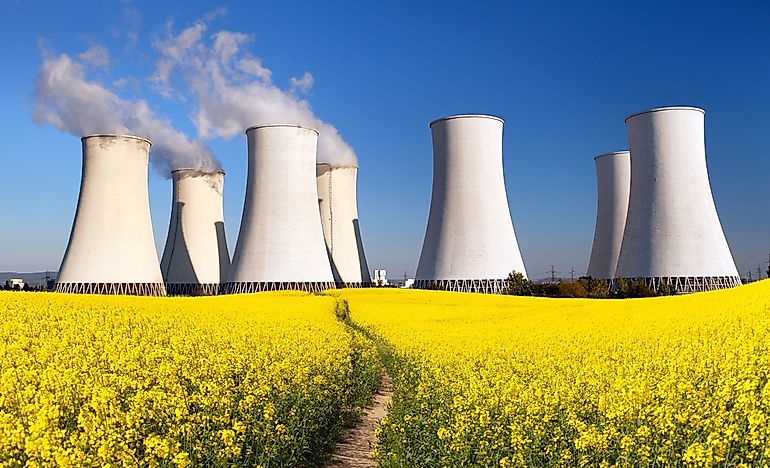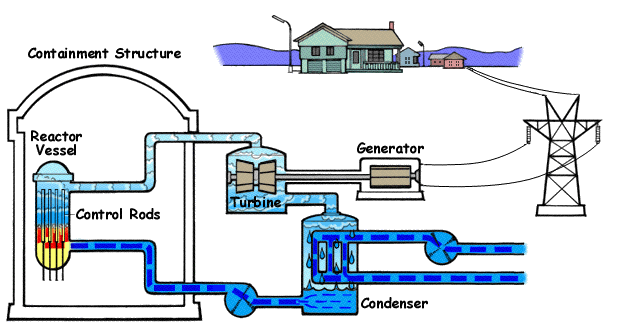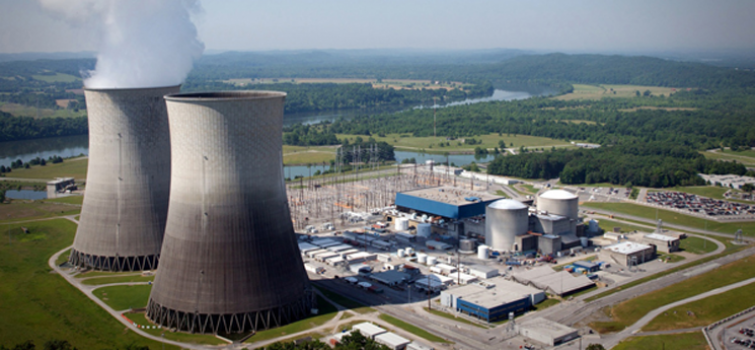NUCLEAR PLANT Yaretzy Gonzalez & Daiana Vega
Nuclear Plant
What is a Nuclear Plant?
A nuclear power plant is a thermal power station in which the heat source is a nuclear reactor. As it is typical of thermal power stations, heat is used to generate steam that drives a steam turbine connected to a generator that produces electricity.

Raw Material Of A Nuclear Plant:
A SWU pertains to the process of enriching uranium so it can be used as fuel for nuclear power plants,Special Nuclear Material consists of plutonium, uranium-233 or uranium with U233 or U235 content greater than that found in nature.


How do it Work?
Nuclear plants split atoms to heat water into steam. The steam turns a turbine to generate electricity. It takes sophisticated equipment and a highly trained workforce to make it happen.

Risks Of A Nuclear Plant:
nuclear power plants could become a target of a terrorist attack by damaging or destroying the nuclear facility, causing the population to be exposed to radiation.


Benefits Of A Nuclear Plant:

What is a Nuclear Plant?
A nuclear power plant is a thermal power station in which the heat source is a nuclear reactor. As it is typical of thermal power stations, heat is used to generate steam that drives a steam turbine connected to a generator that produces electricity.

Raw Material Of A Nuclear Plant:
A SWU pertains to the process of enriching uranium so it can be used as fuel for nuclear power plants,Special Nuclear Material consists of plutonium, uranium-233 or uranium with U233 or U235 content greater than that found in nature.


How do it Work?
Nuclear plants split atoms to heat water into steam. The steam turns a turbine to generate electricity. It takes sophisticated equipment and a highly trained workforce to make it happen.

Risks Of A Nuclear Plant:
nuclear power plants could become a target of a terrorist attack by damaging or destroying the nuclear facility, causing the population to be exposed to radiation.

Benefits Of A Nuclear Plant:
Nuclear power has reliably and economically contributed almost 20% of electrical generation in the United States over the past two decades. It remains the single largest contributor (more than 70%) of non-greenhouse-gas-emitting electric power generation in the United States.

Comments
Post a Comment